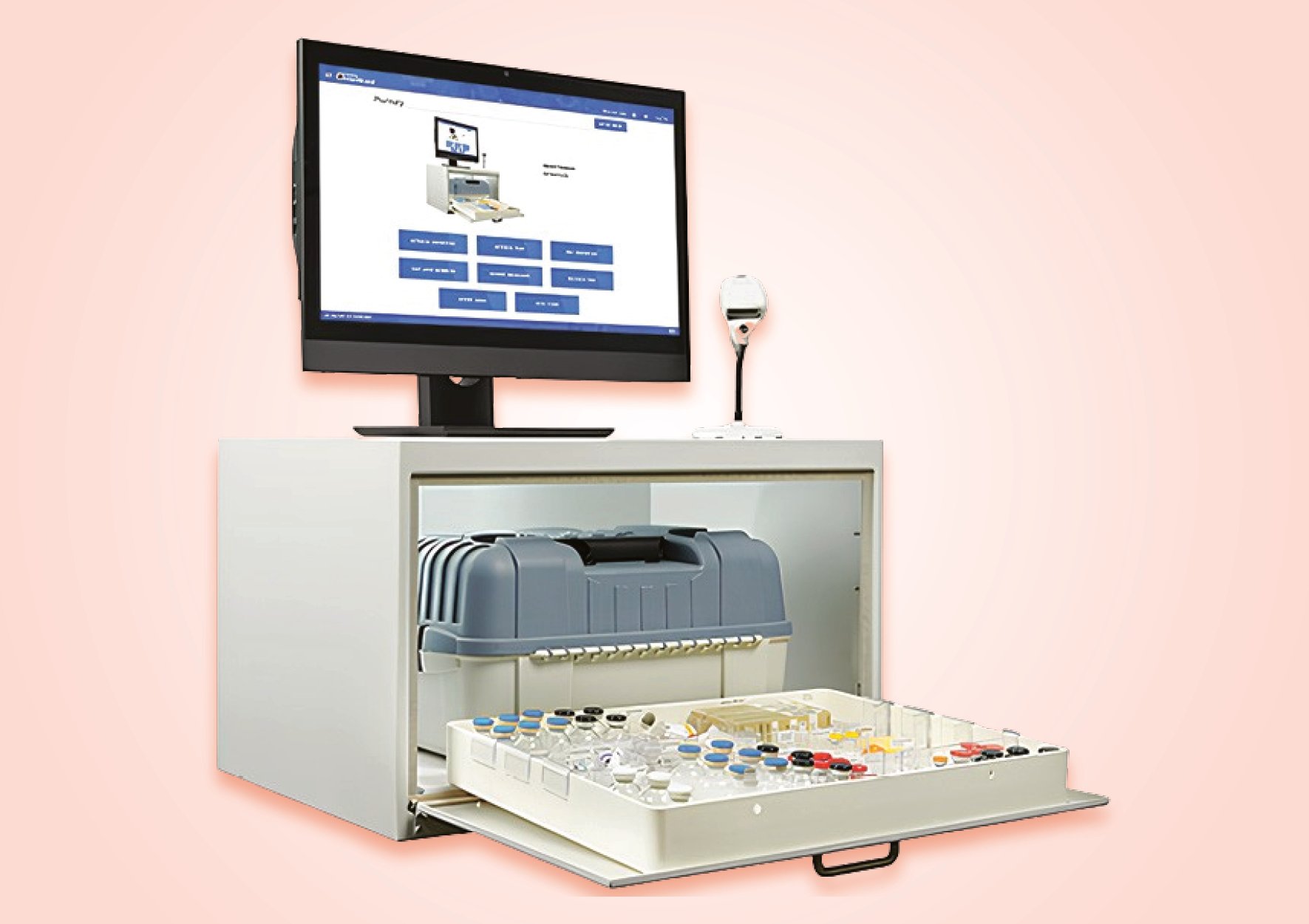- Show Menu
- Contact Us
- FAQs
- Reader Service
- Survey Data
- Survey Winners
- Testimonials
- Upcoming Events
- Webinars
- White Papers
Are Shortages the New Norm?
While many in health care scramble to manage unexpected drug shortages, the one element that remains constant is the continuing ubiquity of these scenarios. Rather than repeatedly putting short-term, stopgap measures in place, perhaps it is time to look at shortage management as a regular responsibility of managing a hospital pharmacy. Acknowledging that addressing drug shortages has become an ingrained function of institutional pharmacy practice would help ease the strain of constantly having to look over your shoulder in nervous anticipation.
Although the first step may be acceptance of the permanency of some state of drug shortages, subsequent steps are where real substantive efforts must be made. In addition to establishing a culture of preparedness, training staff to recognize the harbingers of shortages and instilling proper management policies and procedures require multidisciplinary collaboration and testing.
Certainly, attempting to manage the unknown nature of drug shortages is a time consuming and frustrating endeavor for all health care practitioners—not just pharmacists. Physicians, nurses, clinicians, administrators, and most important, patients, all struggle with the sometimes dire consequences of these volatile situations. However, as the proverb goes, fortune favors the bold. It will only serve to benefit all involved if measures can be taken now to dedicate staff to a permanent state of vigilance for the onset of shortages and the investigation into practical and practiced techniques for negotiating them. To enable this, it is wise to establish broad-based protocols not built around a single shortage, but rather, encompassing various scenarios. Empowering your staff to address shortages rapidly will go a long way in establishing clear and consistent communication plans that can be instituted to keep practitioners and patients aware of what the consequences could be. As in all health care efforts, special attention should be paid to patients, as they ultimately carry the most risk. They deserve your confidence and timely action, and clear communication of how they will be affected. After all, there are no better ambassadors to drive regulatory change and demand improved supply than the members of our communities.
More and more, drug shortages appear to be a permanent reality for health care in the foreseeable future. As such, we must conform to the realities shaped by them. At Pharmacy Purchasing & Products, we will continue to cover the myriad causes and effects of, as well as solutions to, shortages. As always, we encourage your input and experience in helping us to do so.
All the best,
R. Mitchell Halvorsen
Publisher
 P.S. We would like to congratulate the winner of our ASHP Midyear give away—Jill Gelber! Jill is the pharmacy system coordinator at Robert Wood Johnson University Hospital in New Brunswick, New Jersey. As the randomly selected winner, Jill received a 16 GB Apple iPad 2! Thank you, Jill, for stopping by our booth at the show and for your continued support of PP&P. As always, keep a look out for our next survey or stop by our booth at the next ASHP and you could be the next big winner!
P.S. We would like to congratulate the winner of our ASHP Midyear give away—Jill Gelber! Jill is the pharmacy system coordinator at Robert Wood Johnson University Hospital in New Brunswick, New Jersey. As the randomly selected winner, Jill received a 16 GB Apple iPad 2! Thank you, Jill, for stopping by our booth at the show and for your continued support of PP&P. As always, keep a look out for our next survey or stop by our booth at the next ASHP and you could be the next big winner!
Like what you've read? Please log in or create a free account to enjoy more of what www.pppmag.com has to offer.








